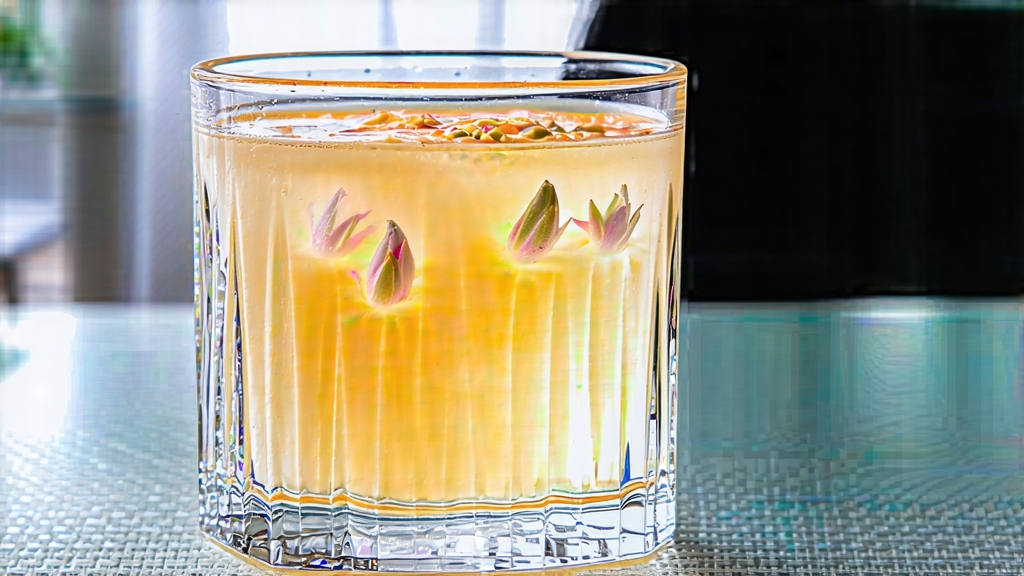
Bai Hao Yin Zhen—“Silver Needle, White Down”—is the quiet aristocrat of Chinese tea. While green tea commands the world’s loudest applause and pu-erh fills auction ledgers, this pale, downy bud drifts across the cup like a rumor of moonlight, insisting that delicacy can be more enduring than power. To understand it is to step into a micro-climate of sea mist, pine fragrance, and slow time that exists only in the northernmost corner of Fujian province, where the Min River kisses the East China Sea and the air is salted by subtropical tides.
History: From Imperial Tribute to Global Muse
The first written record of “silver sprouts” appears in the Song Dynasty tax scrolls of 1115 CE, when Fuding county sent 350 liang (roughly 13 kg) of “xiao bai” (little white) to Emperor Huizong’s court. The buds were so tiny that eunuchs weighed them on jewelers’ scales, and so lightly oxidized that palace physicians prescribed them for “cooling the royal blood.” For eight centuries the tea remained a bureaucratic secret, pressed into dragon-phoenix cakes that crumbled anonymity into boiling water. Only in 1796 did a Fuding magistrate named Liu Yu abandon the cake mold, loose-drying the buds on bamboo trays and shipping them down the Tea Road to Guangzhou export houses. European merchants mistook the fuzzy tips for mold, then tasted the liquor and christened it “Silver Pekoe,” a name that still haunts auction catalogues. Today, Bai Hao Yin Zhen holds the highest grade (Special Grade) in China’s national white-tea standard GB/T 22291-2017, and its spring plucking is broadcast live to half a million cell-phone viewers who gasp each time a picker’s thumbnail nicks a perfect bud.
Terroir: Where the Sea Breathes into the Mountains
Authentic Yin Zhen is born inside a 30-km radius around Taimu Mountain, a granite spine that rises 917 m above sea level. Day-night temperature swings of 15 °C force the tea bush (Da Bai Hao cultivar) to store amino acids in its dormant apical bud; meanwhile, the East China Sea’s monsoon wraps the garden in 78 % average humidity, encouraging a downy pubescence that reflects light like powdered silver. Soil is red lateritic clay, acidic (pH 4.5–5.2) and laced with quartz shards that drain summer cloudbursts within minutes. These conditions cannot be replicated: when researchers transplanted Da Bai Hao to Yunnan at identical latitude, the buds grew longer but lost their mango-lactone bouquet, proving that Yin Zhen is less a cultivar than a conversation between plant, stone, and tide.
Plucking: One Dawn, One Standard, One Heart
The harvest calendar is ruthlessly short. Between Qingming (early April) and Grain Rain (late April) only three mornings—those preceded by cool fog and followed by windless sun—qualify for Special Grade. At 5:30 a.m., when dew still beads the hillside, women wearing bamboo hats twist off the unopened bud with the nail of the middle finger, never the forefinger, to avoid the invisible bruise that would oxidize into a rust blemish. The ideal bud weighs 0.3 g, measures 1.5–2.0 cm, and carries a single fish-scale leaf just beginning to unfurl—what locals call “the sleeping flag.” A skilled picker gathers 500 g in four hours; 30,000 buds equal one liang of finished tea. By 9:00 a.m. wicker baskets descend the mountain on shoulder poles, shaded by wet hemp cloth to keep the ambient temperature below 20 °C, for the buds are still metabolizing and any warmth would nudge them toward unwanted enzymatic browning.
Craft: The Art of Doing Almost Nothing
White tea’s minimalism is deceptive. Once in the factory—a single-story brick building with latticed walls that breathe—the buds are spread on reed mats 2 cm thick. For the next 46 hours they undergo natural withering under a choreography of mountain breeze and indirect sun. Masters gauge progress by touch: a bud ready for the next stage feels like cooled candle wax, limp yet resilient. No heat, no rolling, no